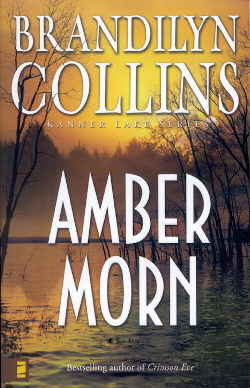...a scene without conflict is
boring...
Sometimes it’s tough resolving
things.
Especially if you have (1)
dozens of details to cover, and (2) insist on covering them in a
believable, natural manner, and (3)want to cover them in as few pages
as possible.
This is the issue I face at the
end of my books. In my earlier women’s fiction stories, I didn’t have
half the problem I do with my suspense novels. As a part of my
“Seatbelt Suspense” mentality, I like to push the high action of the
crisis/climax as close to the end of the book as possible. Collide,
collide, bam-bam-bam, action to the last line of that penultimate
chapter. (Or maybe the last chapter, if I use an epilogue.) Throughout
the course of the book, I’ve done my best to take the reader through
twists and turns of plot. The final answers to those puzzles are
presented in the crisis/climax. But how everything
happened that lead up to that point has still to be explained, plus
what happens after the crisis/climax. Therein comes
the resolution.
For example, I had a lot to
resolve in two books that were published a few years ago—Web
of Lies and Violet Dawn.
Web of Lies,
because of the convoluted twists of the story that need to be
straightened out, and Violet Dawn,
because so much happens between the crisis/climax and the resolution
scene. The same holds true for all my other suspense novels. So—how to
summarize all that off-stage action in a compelling way?
The problem with resolutions is,
one, they’re so easy to write wrong—as mere
narration of facts; and two, by their very definition, they’re not
conflict-oriented. But a scene without conflict is boring. And I sure
don’t want to end my book on a boring note.
I’ve always disliked the
bad-guy-with-the-gun-pointed-at-the
-soon-to-die-hero-explaining-everything-before-he-shoots
ending. First, because it’s false dialogue. The character is not really
speaking to the other character; the author is speaking explanations to
the reader. Bad, bad, bad. Second, it stops the action in the
crisis/climax to explain details. Another bad. The crisis/climax is not
the place for details. It’s the place for action. I will weave in a
little explaining in the crisis/crimax, but only in tiny bits. Only if
it’s a perfectly natural bit of conversation or epiphany of the
hero/heroine during the action.
Most of the details I leave to
the last chapter/epilogue. I don’t have a written list of all the
details I need to cover. They’re all shouting pretty loudly in my head
by that point. Still, I’ll usually write the ending, and as I read over
it a couple of times, another point will
|
come to mind. Problem is,
there’s just so doggone many different kinds of details to wrap up in
my suspense stories. They can include (1) motivation for the crimes,
(2) how they were committed, (3) personal issues for the characters,
including character arcs, (4) events following the crisis/climax, and
(5) spiritual thread. And each of these five main areas can encompass
dozens of information bits.
Another kind of ending I dislike
is when the author leaves the wrap-up details for the resolution, but
again makes the “false conversation” mistake by basically having two
characters sit around and explain to each other how everything came
about, and what happened after the bad guy was caught. Again, this
tends to sound very unnatural. And there’s no real scene—only the shell
of one.
So how to write a resolution
that will satisfy the reader? That covers all the necessary
details—within the aura of a compelling final scene? And just how much
needs to be told to the reader, anyway? Does everything have to be laid
out in full explanation? Or can we present the needed details and allow
the reader to come to his own understanding of how they all fit
together?
Next month in Part II, we’ll
talk about that.


|